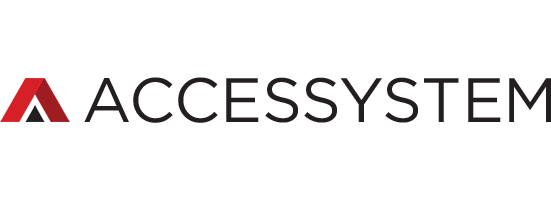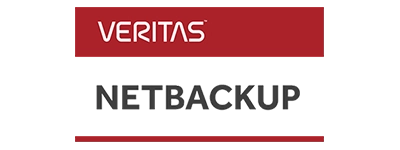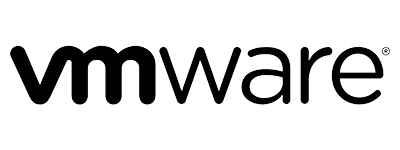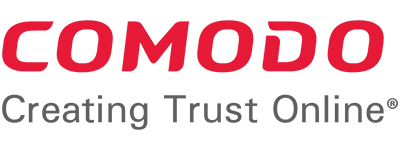Secure Access Service Edge (SASE) Solution by ACCESSYSTEM® Technologies
Secure Access Service Edge (SASE) is a cutting-edge network architecture and security framework that revolutionizes the way organizations manage and secure their networks. With SASE, network and security services converge in the cloud, eliminating the need for on-premises hardware and simplifying network management. This framework is built on the foundation of the Zero Trust security model, ensuring that all users and devices are authenticated before accessing network resources, no matter where they are located.

SASE offers identity-centric access control, bolstering your organization's security posture. It includes features such as SD-WAN technology for efficient traffic routing, content filtering, malware protection, and data loss prevention. SASE enables scalable and flexible network infrastructure, allowing you to adapt to the evolving needs of your business.
Experience improved application performance and secure access from anywhere, at any time, making it a perfect fit for the modern business environment, especially in the era of remote work and cloud computing. Explore SASE to simplify your network and security infrastructure, enhance data protection, and ensure the reliability of your critical applications and services.
Key features of Secure Access Service Edge (SASE)
- Cloud-Based Architecture:
- Network and Security Convergence:
- Zero Trust Security Model:
- Identity-Centric Access:
- Data Inspection and Security Policies:
- Dynamic Scalability:
- Performance Optimization:
- Anywhere, Anytime Access:
SASE solutions are typically delivered from the cloud, eliminating the need for on-premises hardware and reducing the complexity of network management.
SASE integrates network and security services into a unified platform. This means that functions like VPN, SD-WAN (Software-Defined Wide Area Network), firewall, secure web gateways, and more are offered as a single service.
SASE is often built on a Zero Trust security model, which assumes that no entity or user can be trusted by default, whether inside or outside the corporate network. It enforces strict access controls, continuous monitoring, and least privilege access.
SASE solutions emphasize identity-based access controls, ensuring that users and devices are authenticated before accessing network resources. This helps prevent unauthorized access and reduce the attack surface.
SASE platforms typically include advanced security features such as content filtering, malware protection, and data loss prevention to safeguard against threats and ensure data privacy and compliance.
SASE allows organizations to scale their network and security services dynamically as needed, making it suitable for businesses of all sizes.
SASE can improve application performance by leveraging SD-WAN technology to route traffic efficiently, including traffic destined for the cloud or remote locations.
SASE solutions enable secure access to resources from anywhere, at any time, providing flexibility for remote and mobile users.
SASE addresses the challenges posed by the traditional hub-and-spoke network architecture, which is ill-suited to the modern business environment. By combining network and security services in a cloud-based, converged model, SASE aims to provide a more flexible, agile, and secure approach to network management, particularly in the age of remote work and cloud computing. Many organizations are considering or adopting SASE to simplify their network and security infrastructure and provide better protection for their data and applications.
Key Components of SASE
Software-Defined Wide Area Networking (SD-WAN):
-
SD-WAN ( Software-Defined Wide Area Network ) provides reliable, high-performance connectivity for users accessing cloud applications. It dynamically routes traffic based on application needs and network conditions.
Cloud-Delivered Security Services:
-
SD-WAN ( Software-Defined Wide Area Network ), provides reliable, high-performance connectivity for users accessing cloud applications. It dynamically routes traffic based on application needs and network conditions.
-
Secure Web Gateway (SWG) : Protects users from internet-based threats like malware and phishing.
-
Zero Trust Network Access (ZTNA) : Ensures that users only access authorized resources based on identity, device posture, and contextual factors.
-
Cloud Access Security Broker (CASB) : Offers visibility and control over cloud application usage, enforcing security policies.
-
Firewall-as-a-Service (FWaaS) : Delivers network security services, such as intrusion prevention and traffic inspection, in a scalable cloud model.
Identity-Centric Security:
-
SASE leverages identity as the foundation of its security model, providing role-based and context-aware access control.
Integration with Cloud and Edge:
-
SASE extends security and networking capabilities to edge locations and remote users, ensuring consistent policy enforcement across all endpoints.
Benefits of SASE
Enhanced Security Posture
-
By consolidating security services into a unified framework, SASE minimizes gaps and improves threat detection and response.
Improved Performance
-
Cloud-delivered SASE services optimize application performance by routing traffic through the most efficient paths and reducing latency.
Scalability and Flexibility
-
The cloud-native architecture of SASE allows organizations to scale resources as needed, accommodating remote workforces and distributed environments.
Simplified Management
-
SASE reduces complexity by unifying security and networking management, streamlining operations and reducing administrative overhead.
Use Cases for SASE
Remote Workforce Enablement
-
SASE ensures secure and efficient access to corporate resources for employees working from home or other remote locations.
Cloud Migration
-
Organizations transitioning to cloud-based infrastructures benefit from SASE's ability to secure and optimize hybrid and multi-cloud environments.
Branch Office Connectivity
-
SASE provides secure, high-performance connections for branch offices, eliminating the need for costly MPLS links.
Zero Trust Implementation
-
Organizations adopting Zero Trust principles leverage SASE to enforce granular, identity-driven access controls.
Challenges in SASE Adoption
Complex Transition
-
Migrating from legacy systems to a SASE framework requires careful planning and execution.
Vendor Selection
-
Organizations must evaluate vendors to ensure they meet both networking and security requirements.
Skill Gaps
-
Adopting SASE may necessitate upskilling IT teams to manage and operate the new architecture effectively.
Firewalls ( Next Generation Firewall ):
Firewalls are a critical component of any cybersecurity solution. They act as a barrier between your internal network and the internet, preventing unauthorized access to your systems and data.
Below are the some product that are offered by ACCESSYSTEM® Technologies.

























